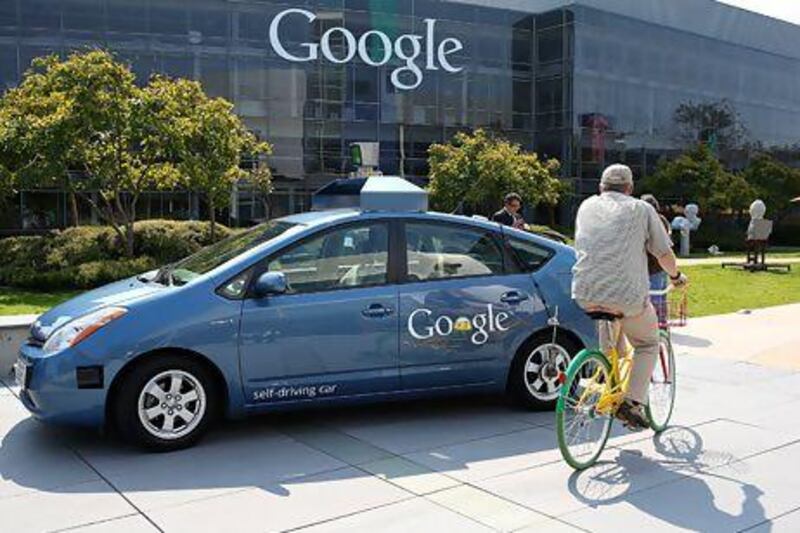The American inventor and entrepreneur Elon Musk is known for his grandiose transport projects - Tesla's luxury electric cars, and SpaceX's rockets. His latest concept, the HyperLoop, would whisk passengers from Los Angeles to San Francisco at almost 1,000 kilometres per hour.
It is only a speculative concept at the moment and faces major technical and commercial challenges. But the HyperLoop is a valuable reminder that future transport - and its energy use - may be very different from today's.
Transport, like all technologies, builds on what came before. The width of a standard railway track is the same as an 18th-century coal wagon, which itself ultimately derives from the width of a Roman cart-horse's backside. Though today's cars are faster, more reliable and more comfortable, they are not very different in essentials from Henry Ford's Model T of 1908.
One radical innovation, though - self-driving cars - is a very realistic prospect over the next decade or two. Google's tests have now notched up more than 800,000km. Self-driving vehicles will probably emerge gradually - satellite navigation, cruise control, radar warnings during lane changes and self-parking are already becoming standard features.
Seventy per cent of all the oil consumed in the United States is used for transport, and the cost of congestion is clear to anyone who crosses Bangalore, Cairo or Tehran at rush hour.
Environmentalists hope that self-driving cars will drastically reduce fuel consumption.
They could travel faster and closer to other vehicles without risking accidents, cutting air drag and congestion. Autonomous vehicles would drive themselves more steadily and efficiently; electric cars would recharge themselves.
It might not be necessary for every family to own one or two cars - a vehicle could simply deliver itself when ordered.
That would mean fewer vehicles in total, fewer two-tonne tanks carrying a single passenger - and reduced demand for steel, aluminium, plastics and rubber.
Clean, silent electric vehicles that don't need parking space near homes and offices and pack themselves into smooth-flowing traffic would make it more attractive to live in the centre of cities. Non-motorists would be safer and healthier walking or cycling. This would reduce the total miles driven, and cut down on suburban sprawl.
But this vision might not come to pass. A general lesson of human history is that making something quicker, cheaper, safer and more convenient increases demand for it - indeed, we discover new needs that we would never have imagined before.
If we could travel in autonomous hyper-cars at 200 kph, while watching television, eating breakfast, reading or sleeping, the hours of commuting from Sharjah to Dubai or Dubai to Abu Dhabi would seem a time for pleasant relaxation rather than torture.
Cars would probably become bigger and be outfitted with luxuries and accessories. Rather than stopping urban sprawl, living in a remote countryside mansion might become easier.
People currently unable to drive - such as children or the elderly - would be able to travel. That could reverse the narrative that ageing western populations will drive less.
So the driverless car might lead to a big reduction in the oil, gas and electricity required for transport. It might also reshape cities and unlock mobility on a scale not seen since the British railway boom of the 1830s or the US freeways in the 1950s.
Radical transport innovations are not just a technology - they are a social phenomenon. Whether they are good or bad for people and our environment is not destiny - it is a choice about how we use them.
Robin Mills is the head of consulting at Manaar Energy, and the author of The Myth of the Oil Crisis and Capturing Carbon.
Technology is not destiny as ways of transport evolve
Transport, like all technologies, builds on what came before. One radical innovation, though - self-driving cars - is a very realistic prospect over the next decade or two.

Editor's picks
More from the national




